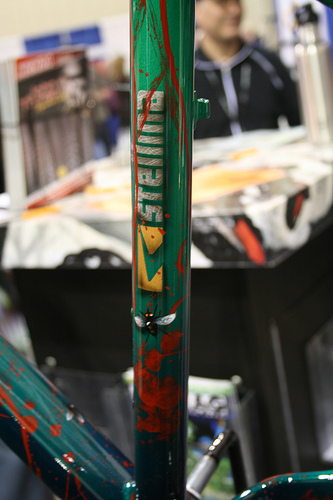painting - Madhubani art

Photograph by Noah Scalinon Flickr.
Tradition states that this style of painting originated at the time of the Ramayana, when King Janak commissioned artists to do paintings at the time of marriage of his daughter, Sita, to Lord Ram. Madhubani painting has been done traditionally by the women of villages around the present town of Madhubani (the literal meaning of which is forests of honey) and other areas of Mithila. Generally no space is left empty; the gaps are filled by paintings of flowers, animals, birds, and even geometric designs.
Madhubani painting or Mithila Painting is a style of Indian painting, practiced in the Mithila region of Bihar state, India, and janakpur in Nepal. The origins of Madhubani painting or Mithila Painting are shrouded in antiquity. Objects depicted in the walls of kohabar ghar (where newly wed couple see each other in the first night) are symbols of sexual pleasure and procreation. Traditionally, painting was one of the skills that was passed down from generation to generation in the families of the Mithila Region, mainly by women.
Ochre and lampblack are also used for reddish brown and black respectively. Madhubani paintings mostly depict nature and Hindu religious motifs, and the themes generally revolve around Hindu deities like Krishna, Ram, Shiva, Durga, Lakshmi, and Saraswati. Madhubani paintings also use two dimensional imagery, and the colors used are derived from plants.
The painting was usually done on walls during festivals, religious events, and other milestones of the life-cycle such as birth, Upanayanam (sacred thread ceremony), and marriage. .
